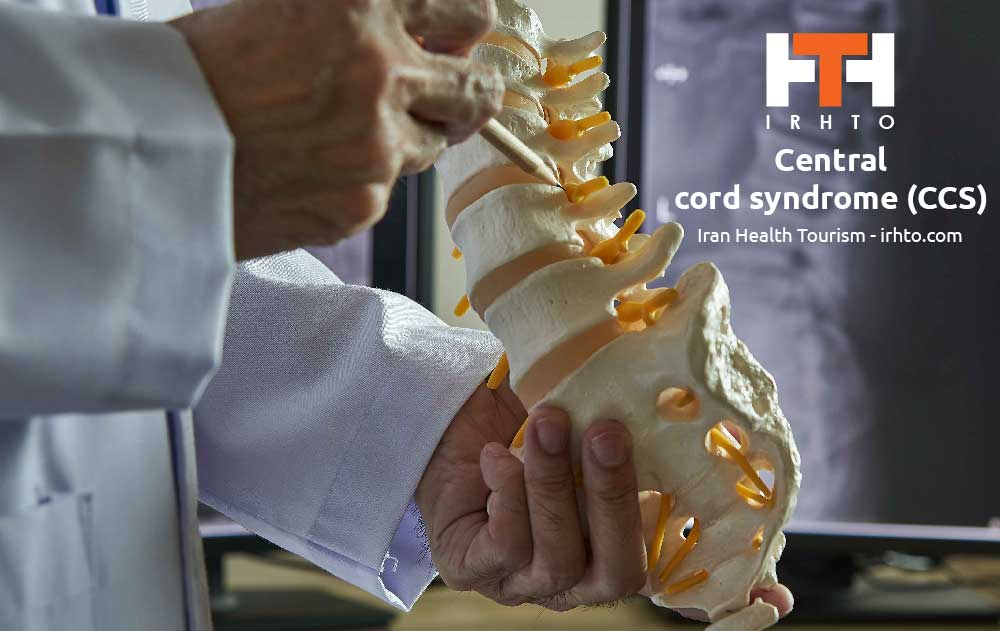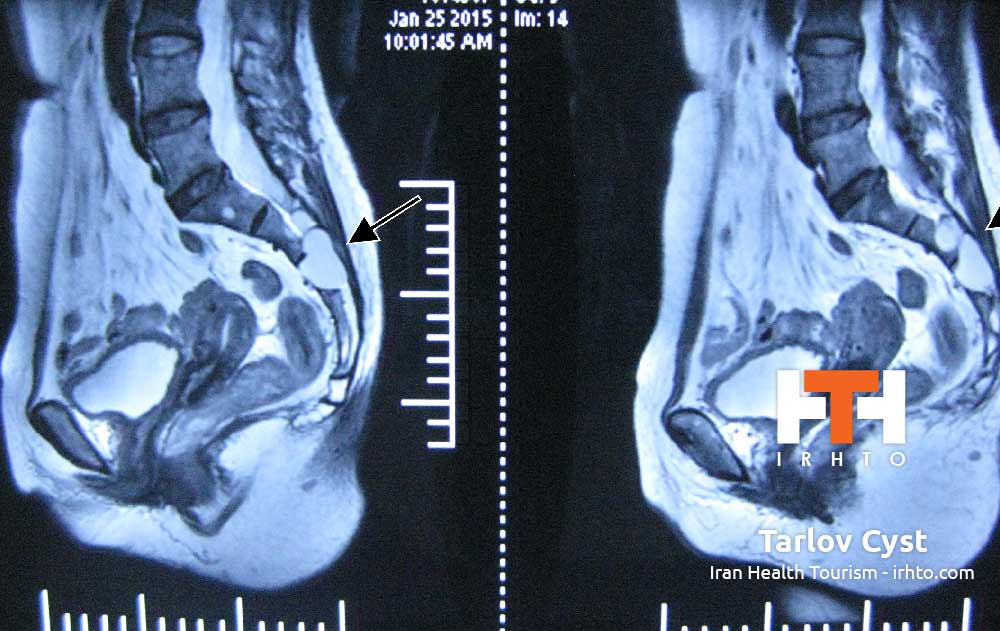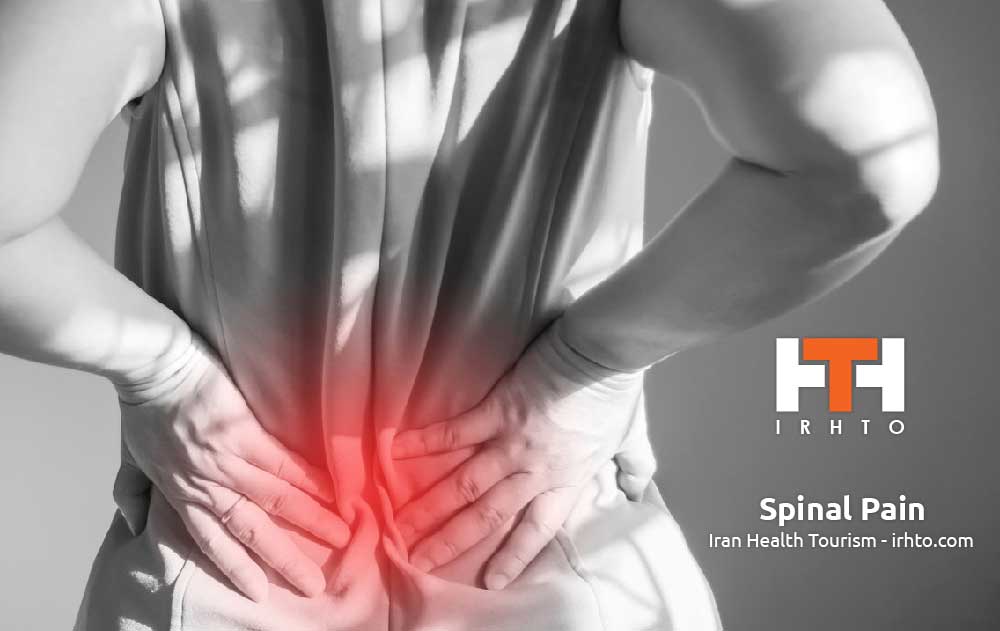
Central cord syndrome (CCS)
Central cord syndrome (CCS) is an incomplete traumatic injury to the cervical spine resulting in more extensive motor weakness in the upper extremities than the lower extremities. The mechanism of injury occurs from a forceful hyperextension neck injury with prior existence of degenerative ligamentous and osteophytic spinal column disease. There is usually no obvious associated spinal column fracture or evidence of spinal instability.
Causes [h4]
CCS typically occurs in patients with hyperextension injuries where the spinal cord is squeezed or pinched between pre-existing anterior cervical spondylotic bone spurs and a thickened posterior intraspinal canal ligament, the ligamentum flavum. The ligamentum flavum is a strong ligament that connects the laminae of the vertebrae.
Treatments [h4]
Surgical. Acute surgical intervention is not usually necessary unless there is significant cord compression. Prior to the CT/MRI era, surgical intervention was thought to be more harmful because of the risk of injuring a swollen cervical cord and worsening the deficit.
However, with advanced imaging technology, patients with compression of the spinal cord secondary to traumatic herniated discs and other structurally compressive lesions can be quickly diagnosed and surgically decompressed. In cases with anterior bony ridges and spinal canal narrowing secondary to ligamentous thickening and or stenosis, acute surgery is usually not performed until the patient has made significant recovery that has stabilized clinically.
Reassessment at that time may lead to surgery depending on the underlying cause. If there is a surgically treatable lesion with significant residual motor weakness after a period of recovery, or if there if new neurological deterioration is observed, then surgical intervention may be considered. Additional pre-surgical re-evaluation with pre-surgical CAT scan and/or MRI scan will usually be necessary beforehand.
Nonsurgical. Observed neurological improvement is the most compelling reason not to proceed with surgical treatment in favor of non-surgical management of CCS. Nonsurgical treatment consists of immobilization of the neck with a rigid cervical collar, steroids unless contraindicated and rehabilitation with physical and occupational therapy.



